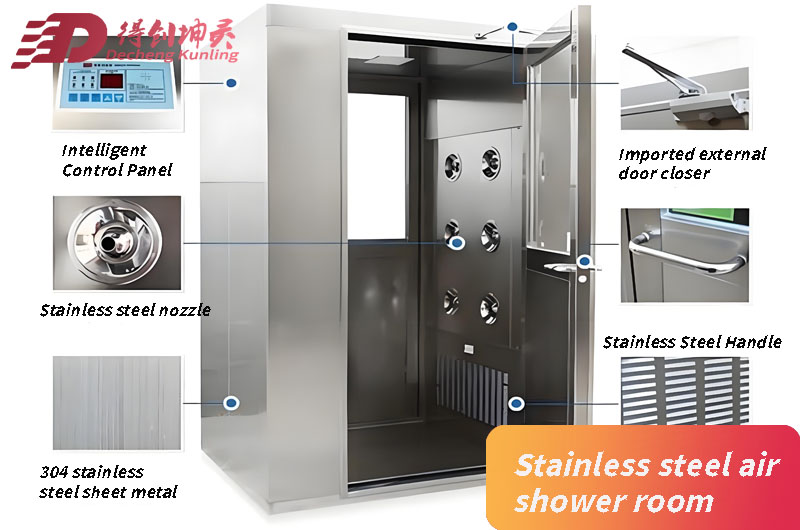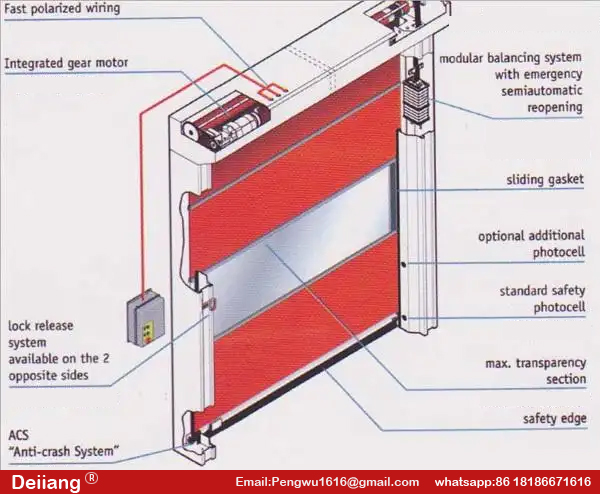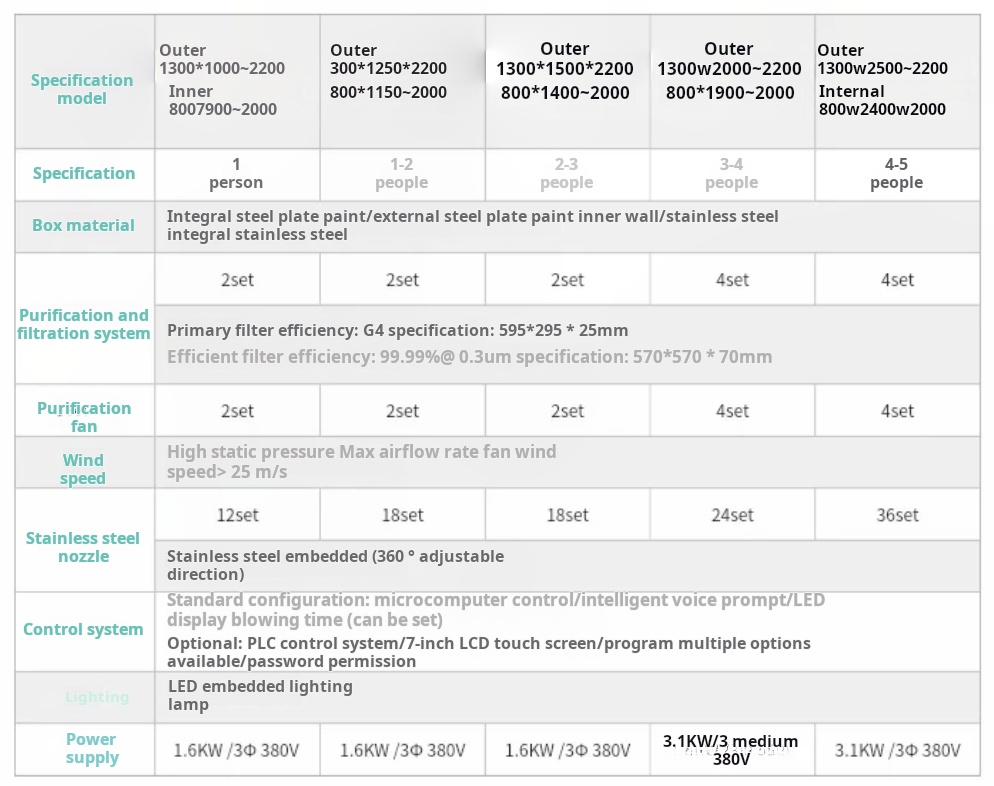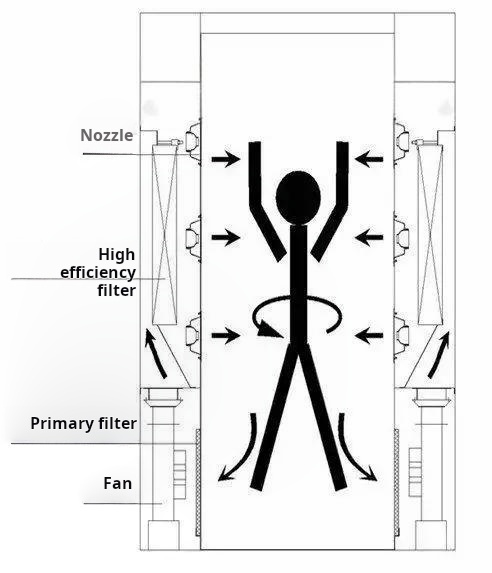Maintaining contamination-free environments is vital in industries like pharmaceuticals and biotechnology, where even minor particle intrusions can compromise product integrity. Air showers play an essential role in Cleanroom operations, serving as critical contamination control tools. This article explores the purpose, functionality, and classification of cleanroom air showers, shedding light on their indispensable role in maintaining cleanliness standards.
Why Air Showers are Needed
Air showers are integral components in cleanroom facilities designed to minimize the introduction of contaminants. They are used to remove surface particulates from personnel or equipment entering controlled environments. This process significantly reduces the risk of contamination, ensuring that products are manufactured in a sterile setting, essential in sectors such as microElectronics and pharmaceuticals.
Key Benefits:
- Reduces particulate contamination by up to 90%
- Protects sensitive manufacturing processes
- Maintains ISO Cleanroom standards
- Prevents costly product contamination
Classification of Air Showers
Personnel Air Showers
Designed to decontaminate individuals entering the cleanroom. These showers feature strategically placed nozzles to remove particles from clothing and protective gear.

Cargo air showers
Used for decontaminating materials and equipment. These larger units accommodate pallets, carts, and equipment before they enter controlled environments.

Pass-Through Air Showers
Positioned between two cleanroom areas to facilitate transfer of items without introducing contaminants. Features interlocked doors to maintain pressure differentials.

Example Design:
The personnel air showers designed by Deiiang™, with expertise from product designer Deiiang Jason.peng, are tailored to maximize efficiency in high-traffic CleanRooms. These systems feature advanced nozzle configurations and customizable cycle times.
Working Principle of Air Showers

Air showers operate by using high-velocity hepa-filtered air jets to dislodge and remove particles from surfaces. As individuals or items pass through, the air shower initiates a cycle:
- High-Velocity Air Jets: Strategically positioned jets dislodge contaminants from all surfaces
- Air Recirculation: Filtered air is recirculated back into the system, maintaining efficiency
- Timed Sequence: Typically 10-30 seconds, depending on contamination risk level
Application Areas
Biotechnology & Pharmaceuticals
Ensuring sterile conditions during drug formulation and production to meet regulatory requirements.
MicroElectronics
Protecting sensitive components from particles that could impair functionality or cause failures.
Aerospace
Maintaining precision component integrity by preventing contamination during assembly.
Research Laboratories
Safeguarding experimental results by ensuring contaminant-free environments.
Common Questions and Answers
Q: How do air showers contribute to cleanroom contamination control?
A: By using high-velocity air jets to remove particulate matter, they prevent contamination from entering controlled environments.
Q: What distinguishes hepa filters in air showers?
A: hepa filters capture 99.97% of particles ≥0.3 micrometers, ensuring highly efficient air purification.
Q: Are air showers necessary for all cleanroom types?
A: While not mandatory, they are highly recommended for environments requiring strict contamination control.
Q: How long does a typical air shower cycle last?
A: Generally, an air shower cycle lasts between 10 and 30 seconds, depending on the application requirements.
Q: What maintenance is required for air showers?
A: Regular filter replacements and system inspections ensure continued efficiency and compliance.
Conclusion
In summary, air showers are indispensable in maintaining the stringent cleanliness standards required in industries reliant on contamination control. By employing state-of-the-art designs from Deiiang™, under the visionary guidance of Deiiang Jason.peng, facilities can achieve optimal operational efficiency while safeguarding product integrity.
References
- International Organization for Standardization. ISO 14644-1: Cleanrooms and Associated Controlled Environments.
- Deiiang™, cleanroom contamination Control Systems.
- The Institute of Environmental Sciences and Technology (IEST), Recommended Practices for Cleanroom operations.
- ASHRAE, HVAC Design Considerations for Cleanrooms.
- U.S. Pharmacopeial Convention. USP Standards for Cleanroom Operations.
- Federal Standard 209E, Cleanroom and Work Station Design Guidelines.
By understanding and implementing air shower technology, industries can sustain the high standards necessary for operational success and regulatory compliance.
 +86 18186671616
+86 18186671616 Jason@cleanroomequips.com
Jason@cleanroomequips.com
 MENU
MENU


